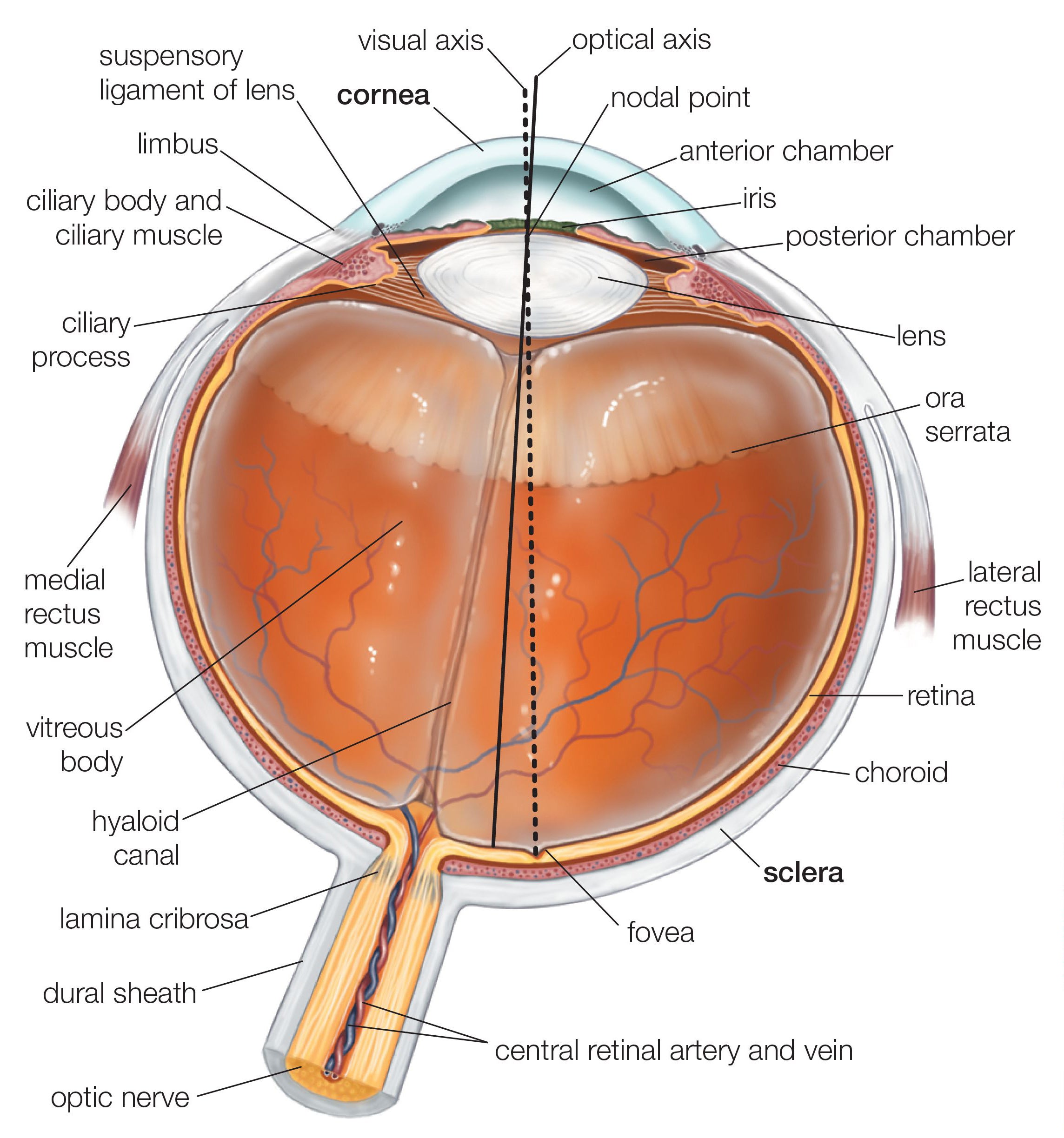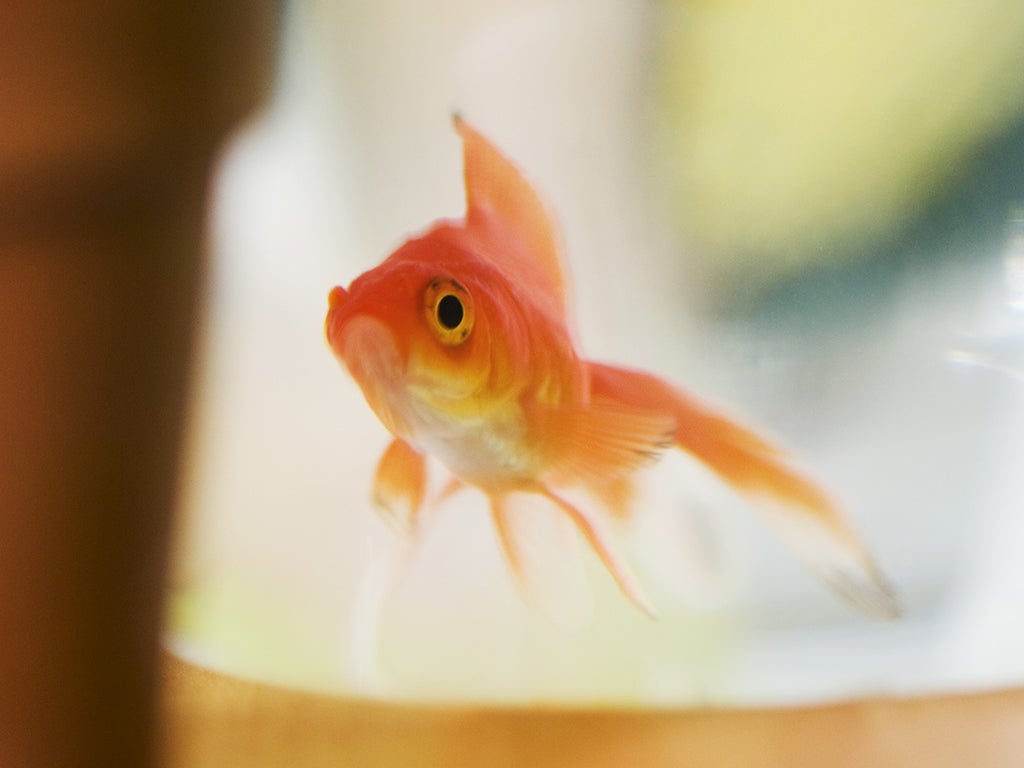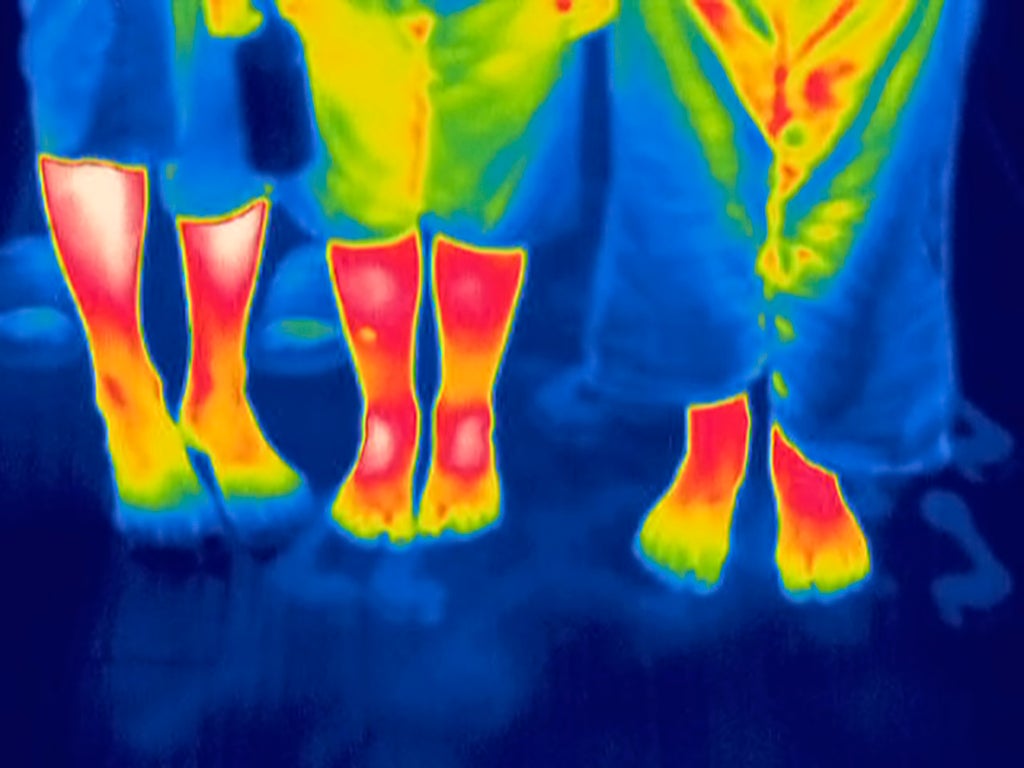The science of vision: How do our eyes see?
We see the world in wavelengths of red, green and blue, but most other animals only see in yellow and blue. Some species of fish, reptiles and birds have four-colour vision, and are able to see ultraviolet or infrared light too

Your support helps us to tell the story
From reproductive rights to climate change to Big Tech, The Independent is on the ground when the story is developing. Whether it's investigating the financials of Elon Musk's pro-Trump PAC or producing our latest documentary, 'The A Word', which shines a light on the American women fighting for reproductive rights, we know how important it is to parse out the facts from the messaging.
At such a critical moment in US history, we need reporters on the ground. Your donation allows us to keep sending journalists to speak to both sides of the story.
The Independent is trusted by Americans across the entire political spectrum. And unlike many other quality news outlets, we choose not to lock Americans out of our reporting and analysis with paywalls. We believe quality journalism should be available to everyone, paid for by those who can afford it.
Your support makes all the difference.The structure of the human eye is so complex that it’s hard to believe that it’s not the product of intelligent design, but by looking at the eyes of other animals, scientists have shown that it evolved very gradually from a simple light-dark sensor over the course of around 100 million years. It functions in a very similar way to a camera, with an opening through which the light enters, a lens for focusing and a light-sensitive membrane at the back.
The amount of light that enters the eye is controlled by the circular and radial muscles in the iris, which contract and relax to alter the size of the pupil. The light first passes through a tough protective sheet called the cornea, and then moves into the lens. This adjustable structure bends the light, focusing it down to a point on the retina, at the back of the eye.
The retina is covered in millions of light-sensitive receptors known as rods and cones. Each receptor contains pigment molecules, which change shape when they are hit by light, triggering an electrical message that travels to the brain via the optic nerve.
The back of the eye is covered in a layer of light-sensitive cells measuring just fractions of a millimetre in thickness. When photons of light hit the pigments inside the cells, it triggers a cascade of signals, which pass through a series of different connections before they are transmitted to the brain.

First, they move through interneurones and then to neurones known as ganglion cells. These cells are cross-linked, able to compare adjacent signals, filtering out some of the information before passing it on to the brain. This helps to improve contrast and definition. The neurones travel across the back surface toward the optic nerve, which relays the information into the brain.
As the two optic nerves enter the brain, they cross over, coming together at a point known as the optic chiasm. Here, signals from the left side of both eyes are diverted to the left side of the brain, and vice versa, allowing the images from both eyes to be combined and compared.
The signals enter the brain via the thalamus, which separates the incoming information into two parts, one containing colour and detail, and the other movement and contrast. The messages then move to the back of the brain, and into the visual cortex. The cortex is laid out so that it mirrors the back of the retina, allowing a detailed image to be reconstructed.
How colour vision works
Open your eyes, and you are met with an array of different colours, but amazingly you can only detect three different wavelengths of light, corresponding to green, blue, and red. Combining these three signals in the brain creates millions of different shades.
Each eye has between 6 and 7 million cone cells, containing one of three colour-sensitive proteins known as opsins. When photons of light hit the opsins, they change shape, triggering a cascade that produces electrical signals, which in turn transmit the messages to the brain. Well over half of our cone cells respond to red light, around a third to green light, and just two per cent to blue light, giving us vision focused around the yellow-green region of the spectrum.
The vast majority of the cone cells in the human eye are located in the centre of the retina, on a spot known as the fovea, measuring just fractions of a millimetre across. Light is focused on this point, providing a crisp, full-colour image at the centre of our vision. The remainder of the retina is dominated by 120 million rod cells, which detect light, but not colour.

We are so used to seeing the world in red, green and blue that it might seem strange to think that most other animals cannot, but three-coloured vision like our own is relatively unusual. Some species of fish, reptiles and birds have four-colour vision, able to see red, green, blue and ultraviolet or infrared light, but during mammalian evolution, two of the four cone types were lost, leaving most modern mammals with dichromatic vision – seeing in shades of just yellow and blue.

This was not a problem for many early mammals, because they were largely nocturnal, and lived underground, where there was little need for good colour vision. However, when primates started moving into the trees, a gene duplication gave some species the ability to see red, providing a significant evolutionary advantage in picking out ripe red fruit against the green leaves.
Even today, not all primates can see in three colours; some have dichromatic vision, and many nocturnal monkeys only see in black and white. It is all down to environment; if you don’t need to see all of the colours in order to survive, then why waste energy making the pigments?
Seeing in three dimensions
Our eyes are only able to produce two-dimensional images, but with some clever processing, the brain is able to build these flat pictures into a three-dimensional view. Our eyes are positioned about five centimetres (two inches) apart, so each sees the world from a slightly different angle. The brain compares the two pictures, using the differences to create the illusion of depth.
Jodie Tyley is editor of How It Works Magazine. The latest issue is out now: Issue 77 ‘The Power of Magnetism’. Subscribe for your copy here
Join our commenting forum
Join thought-provoking conversations, follow other Independent readers and see their replies
Comments